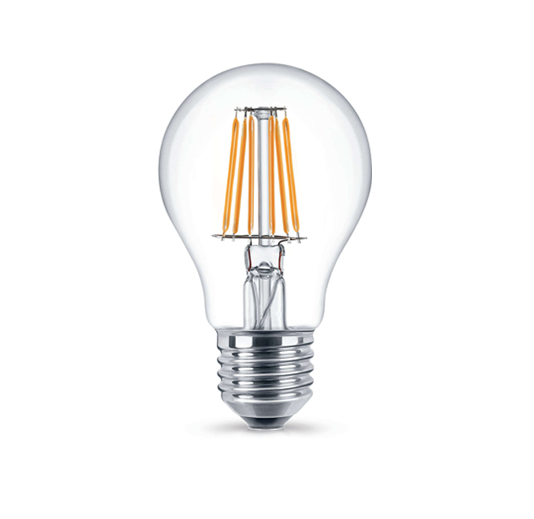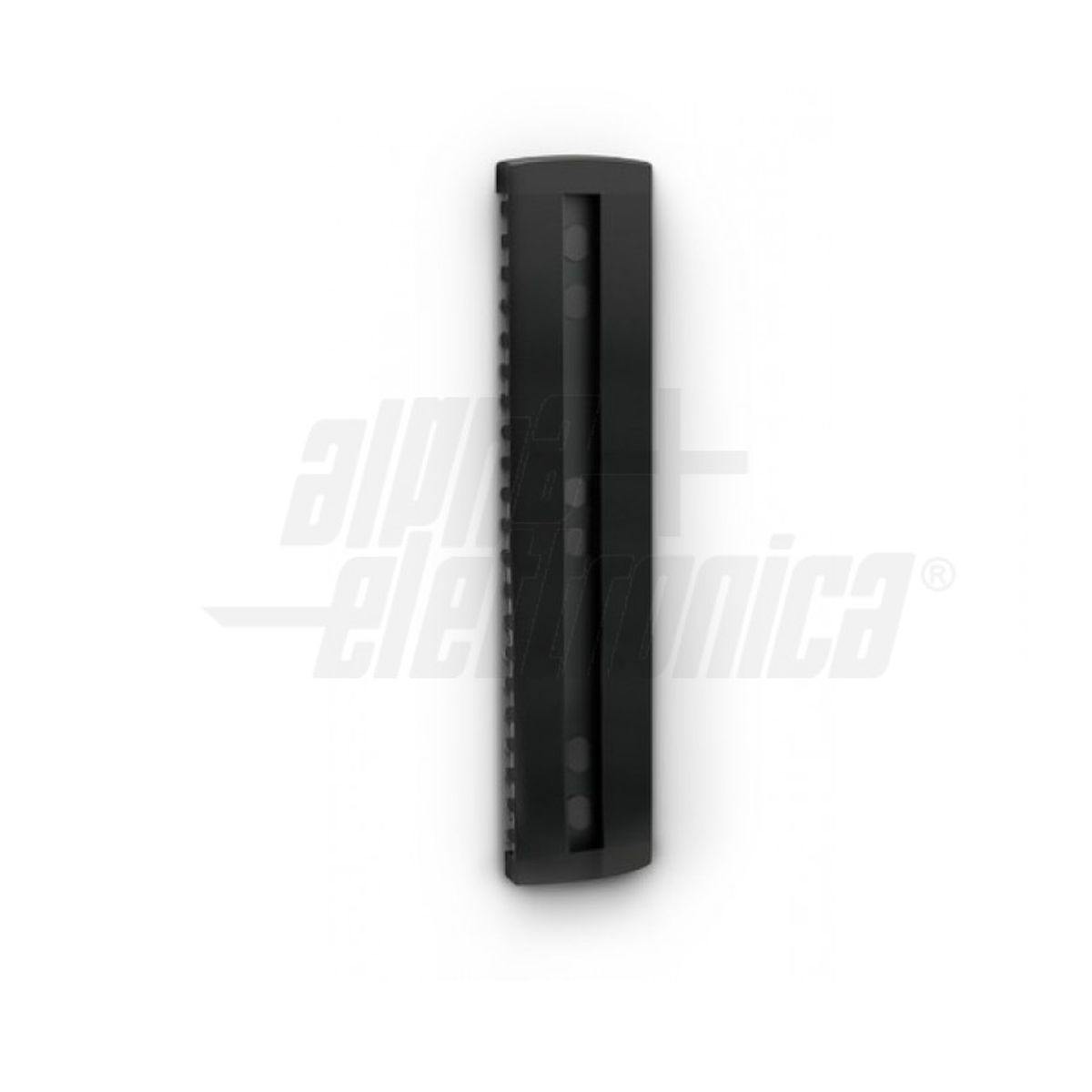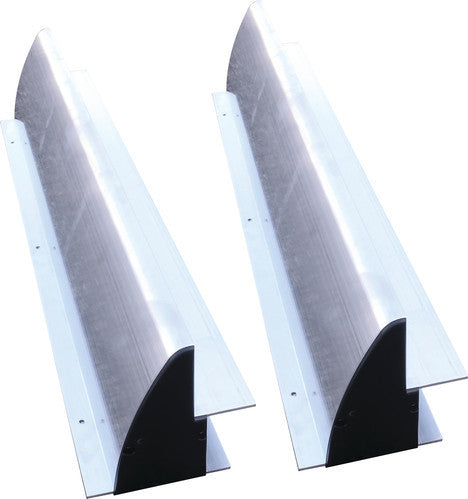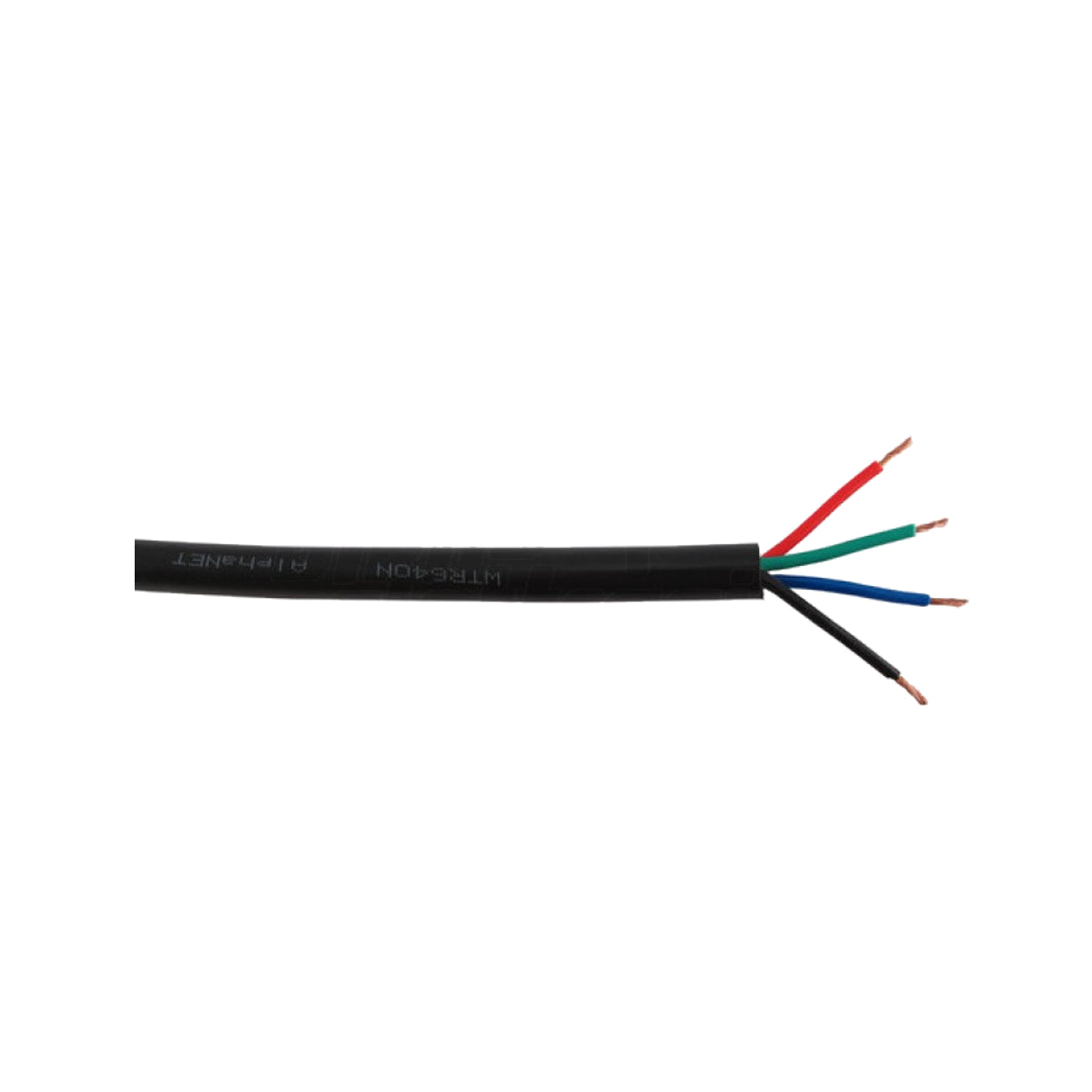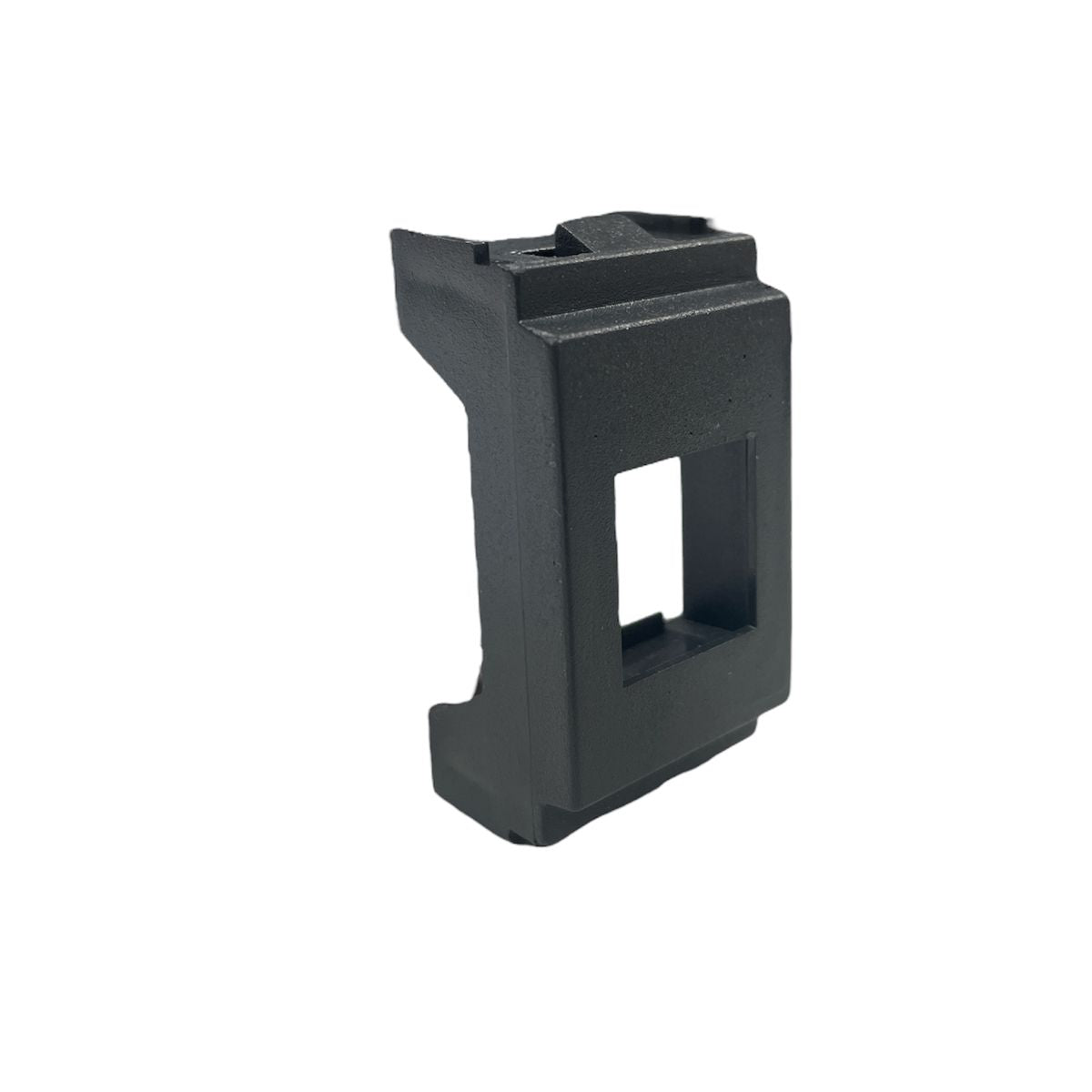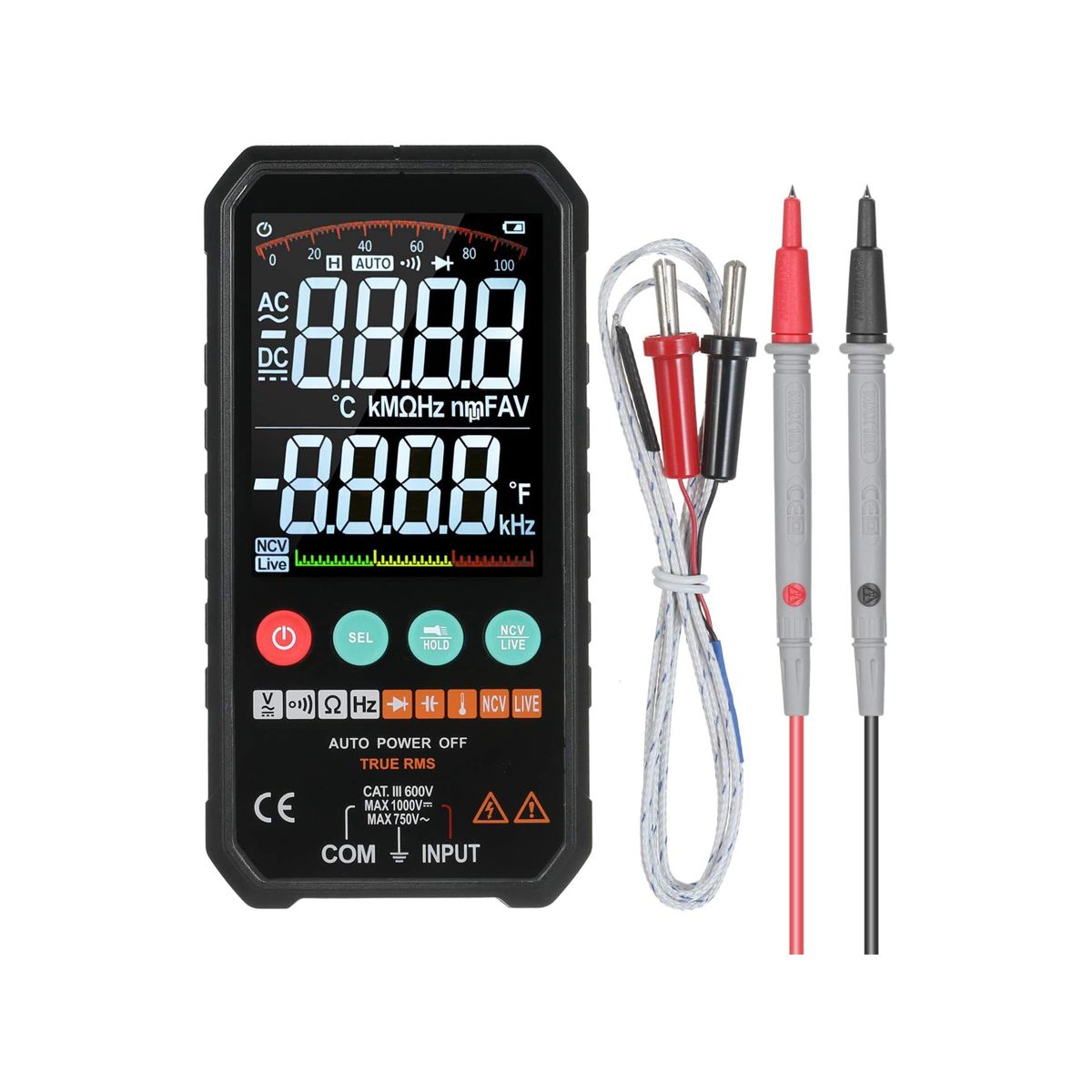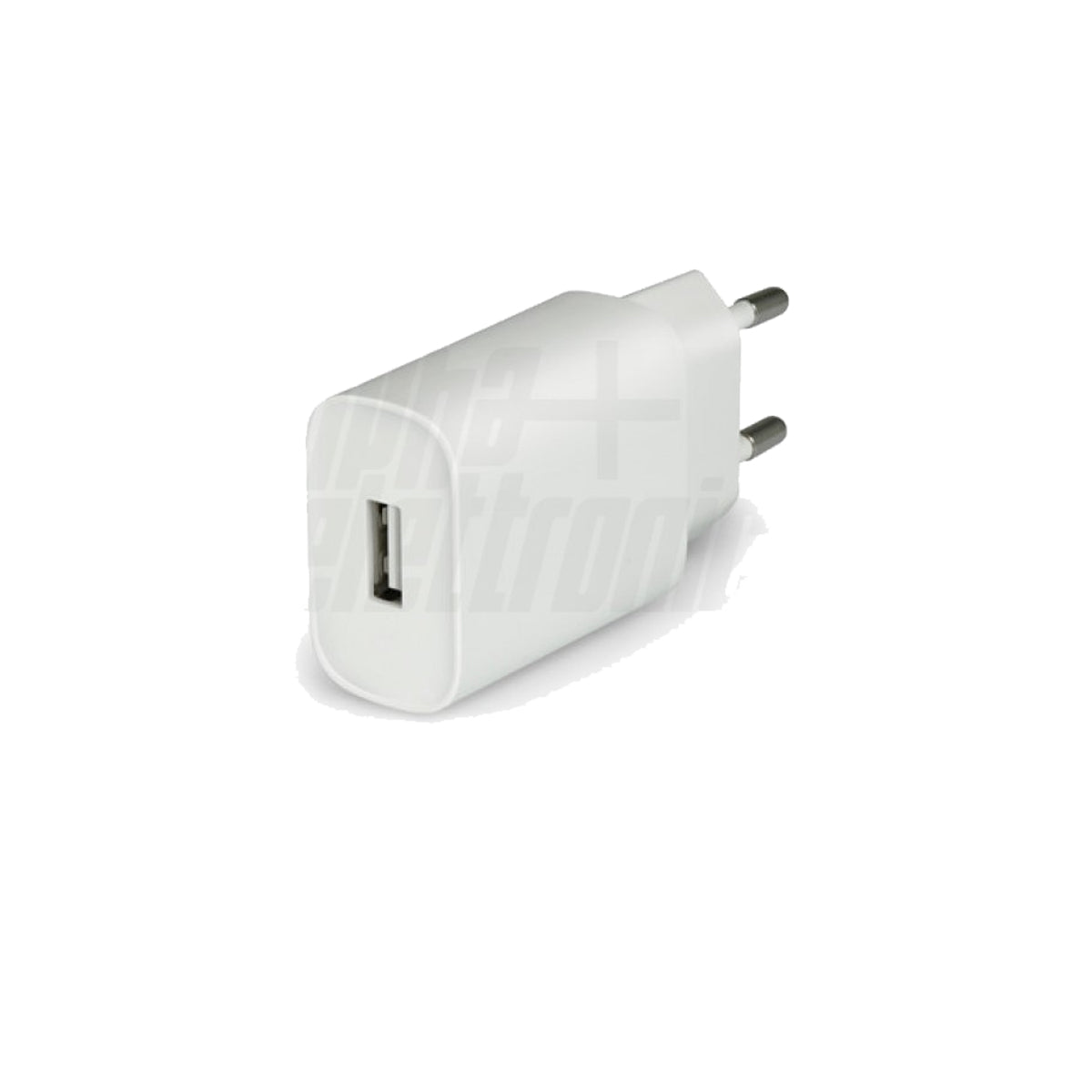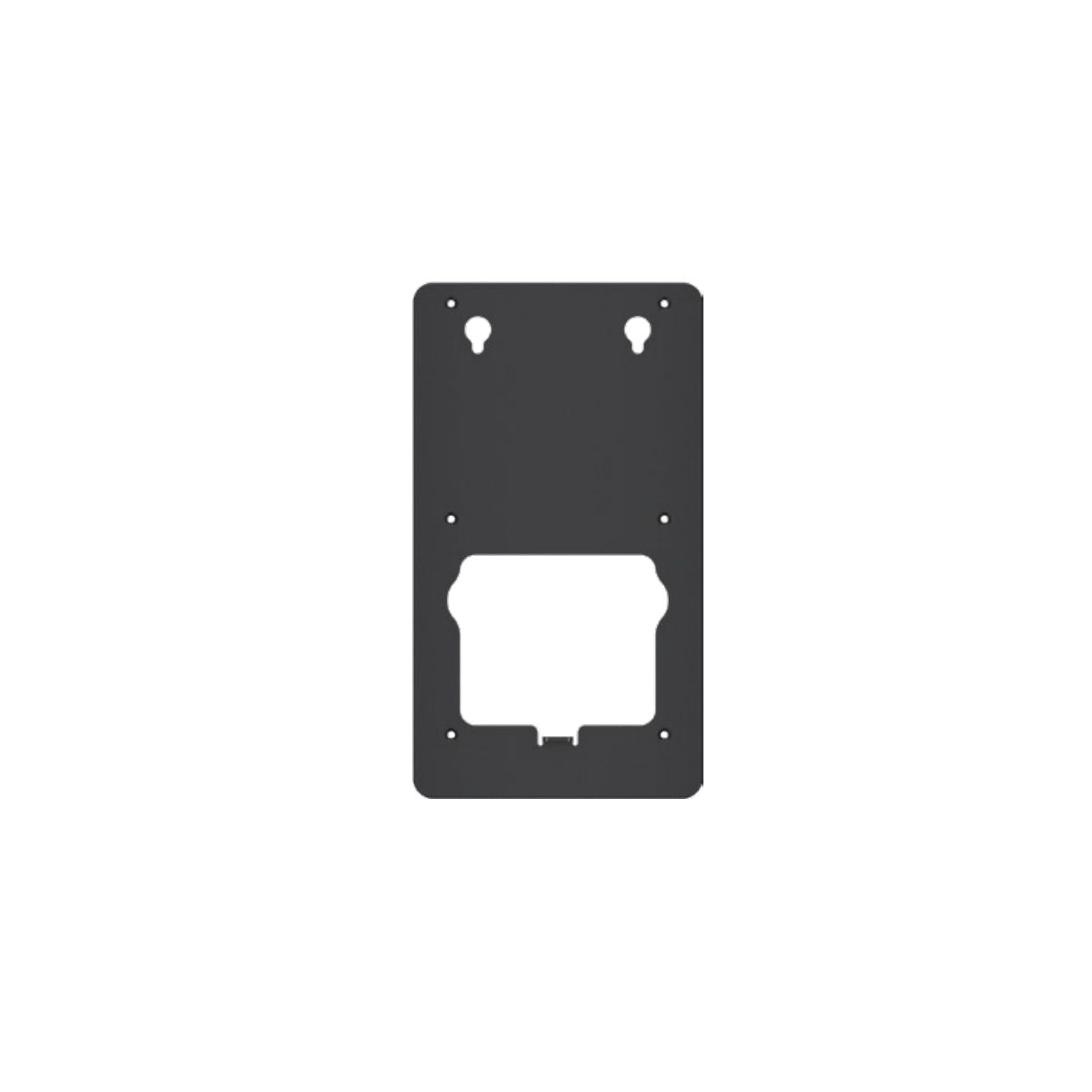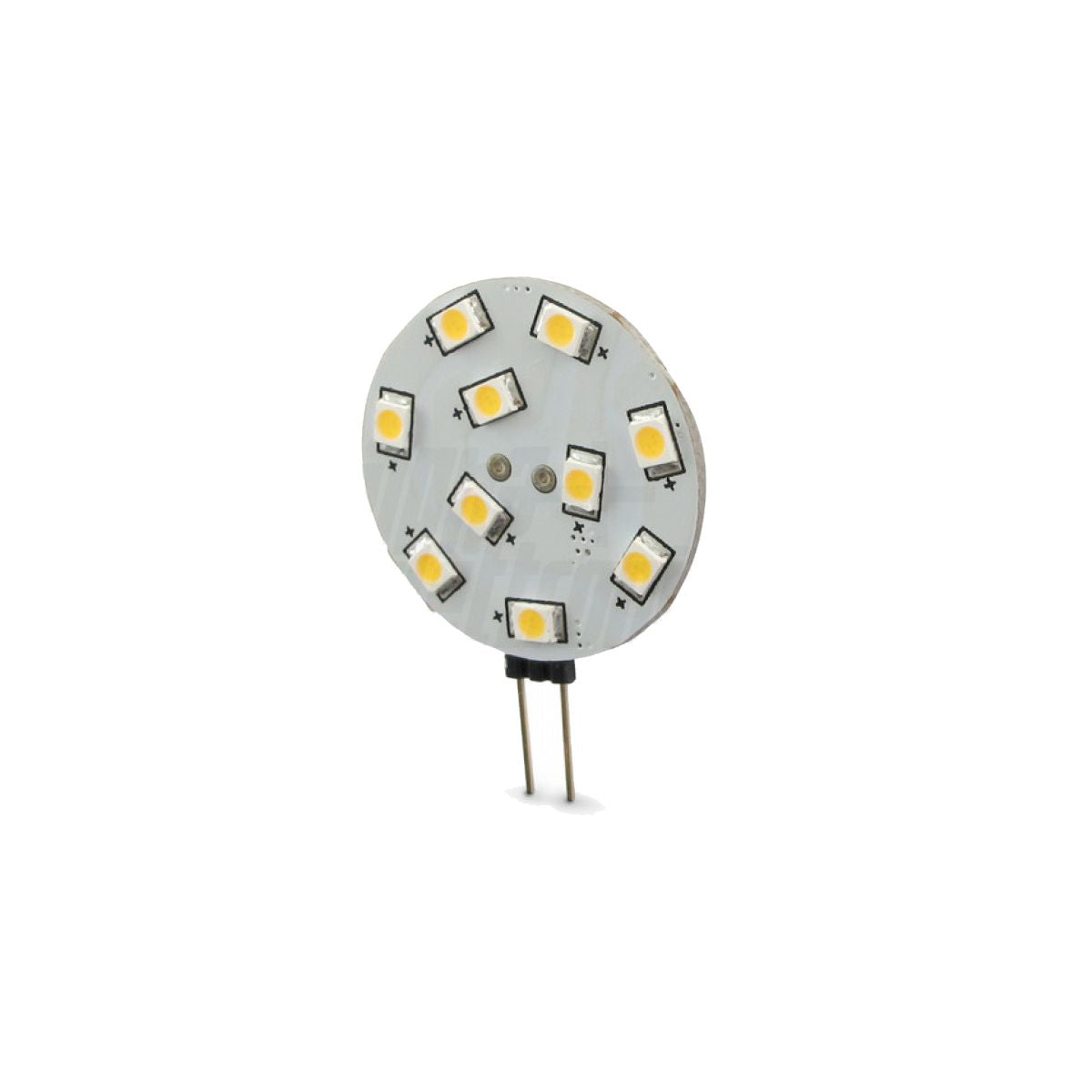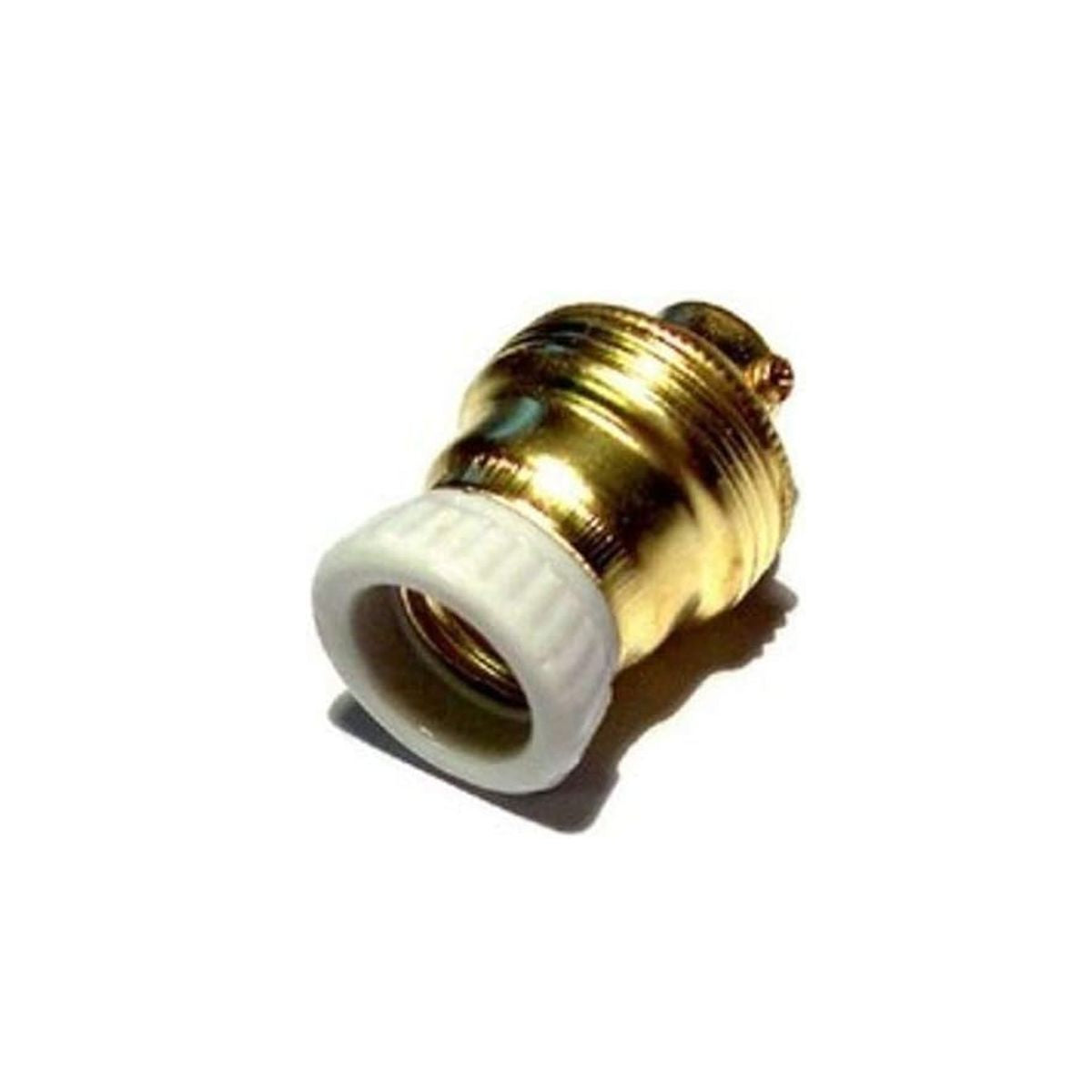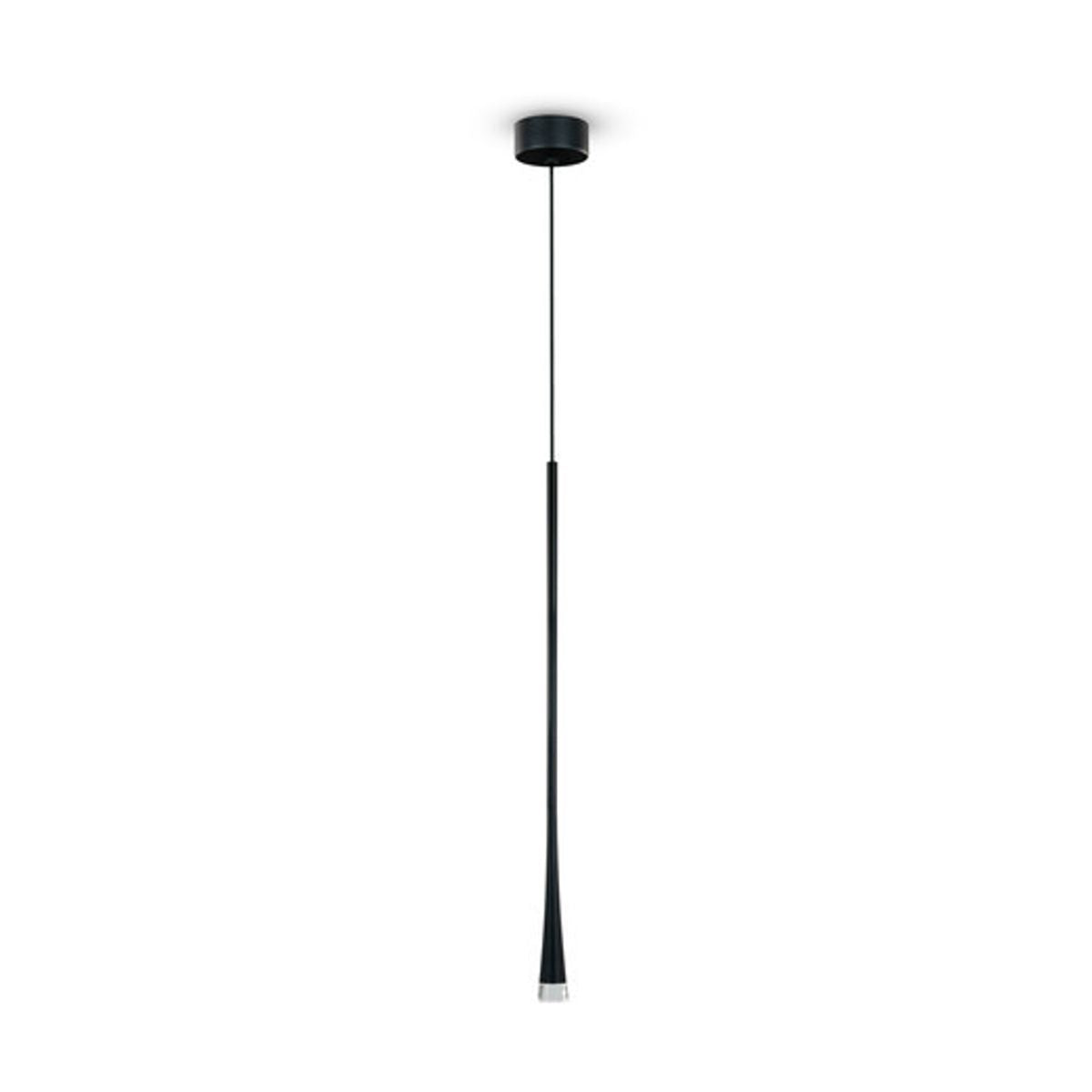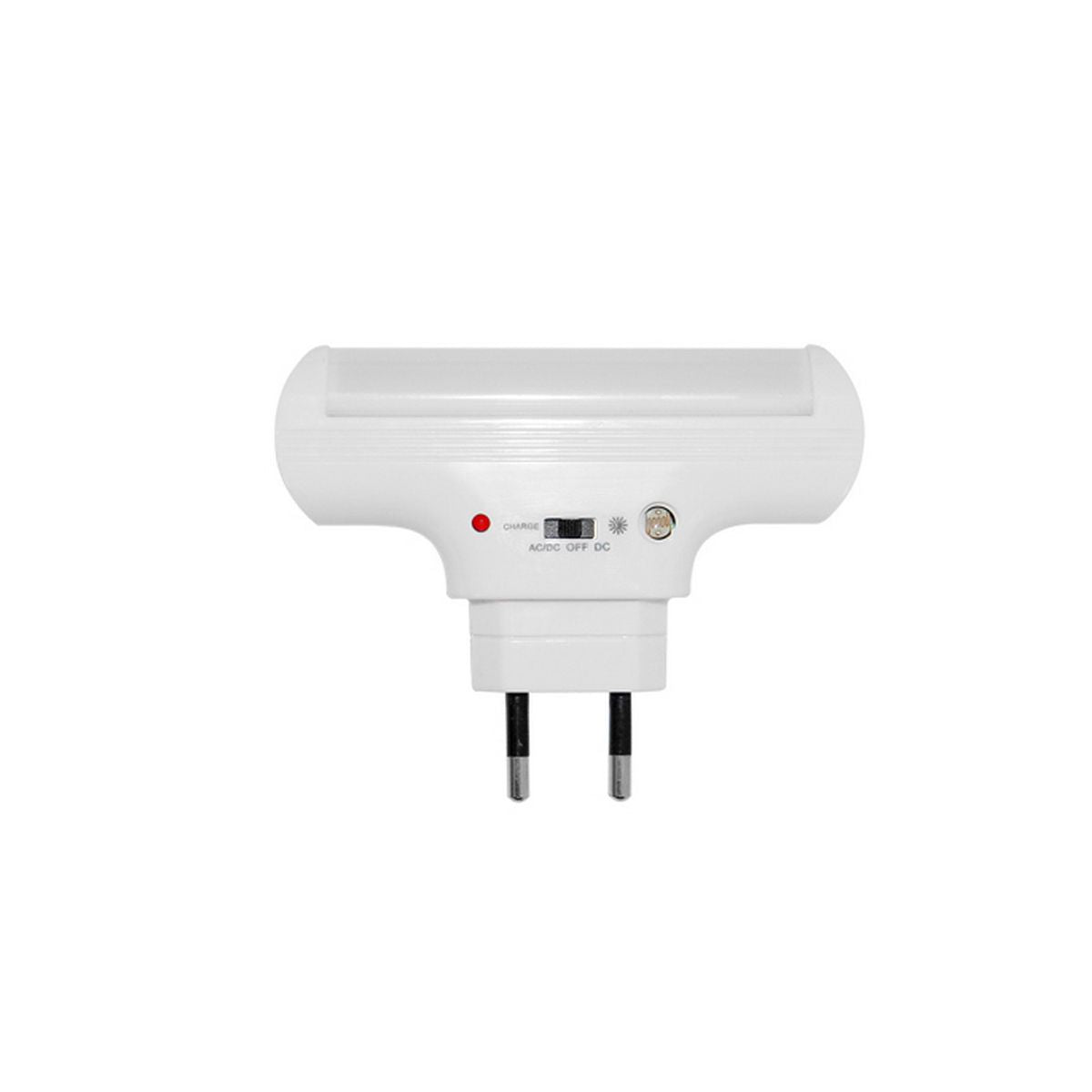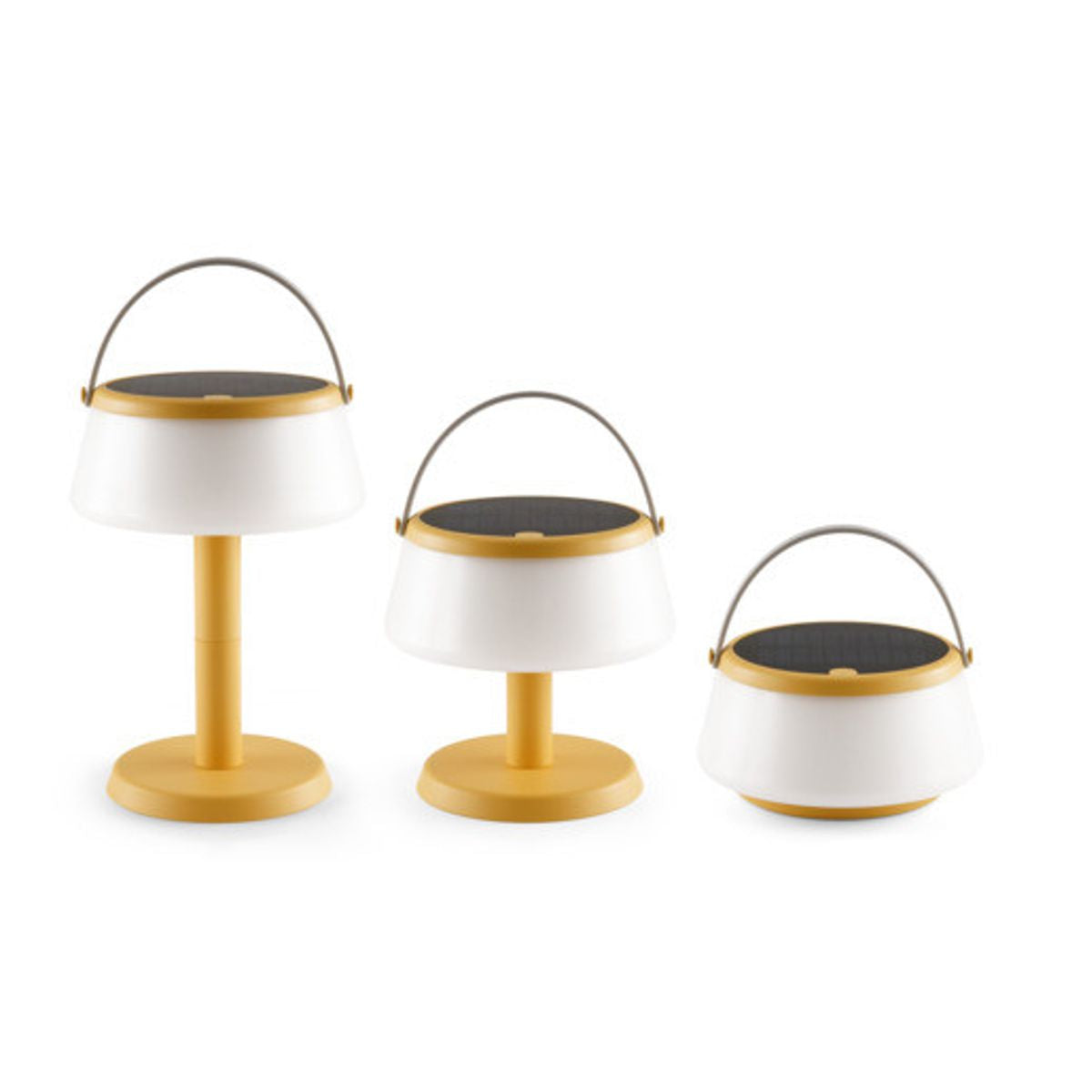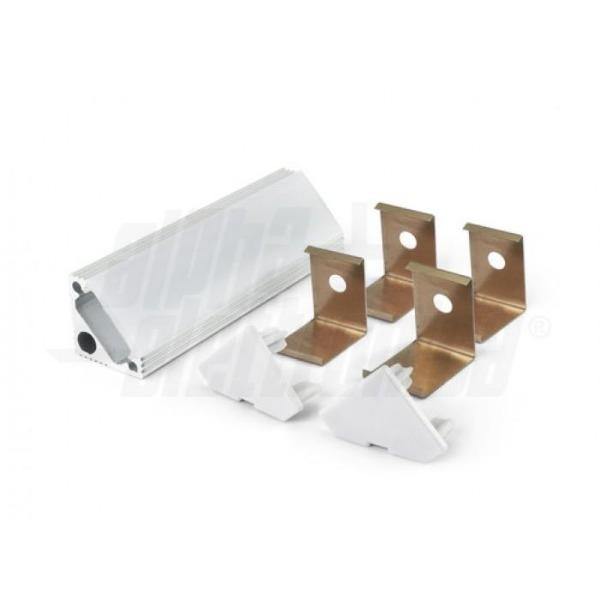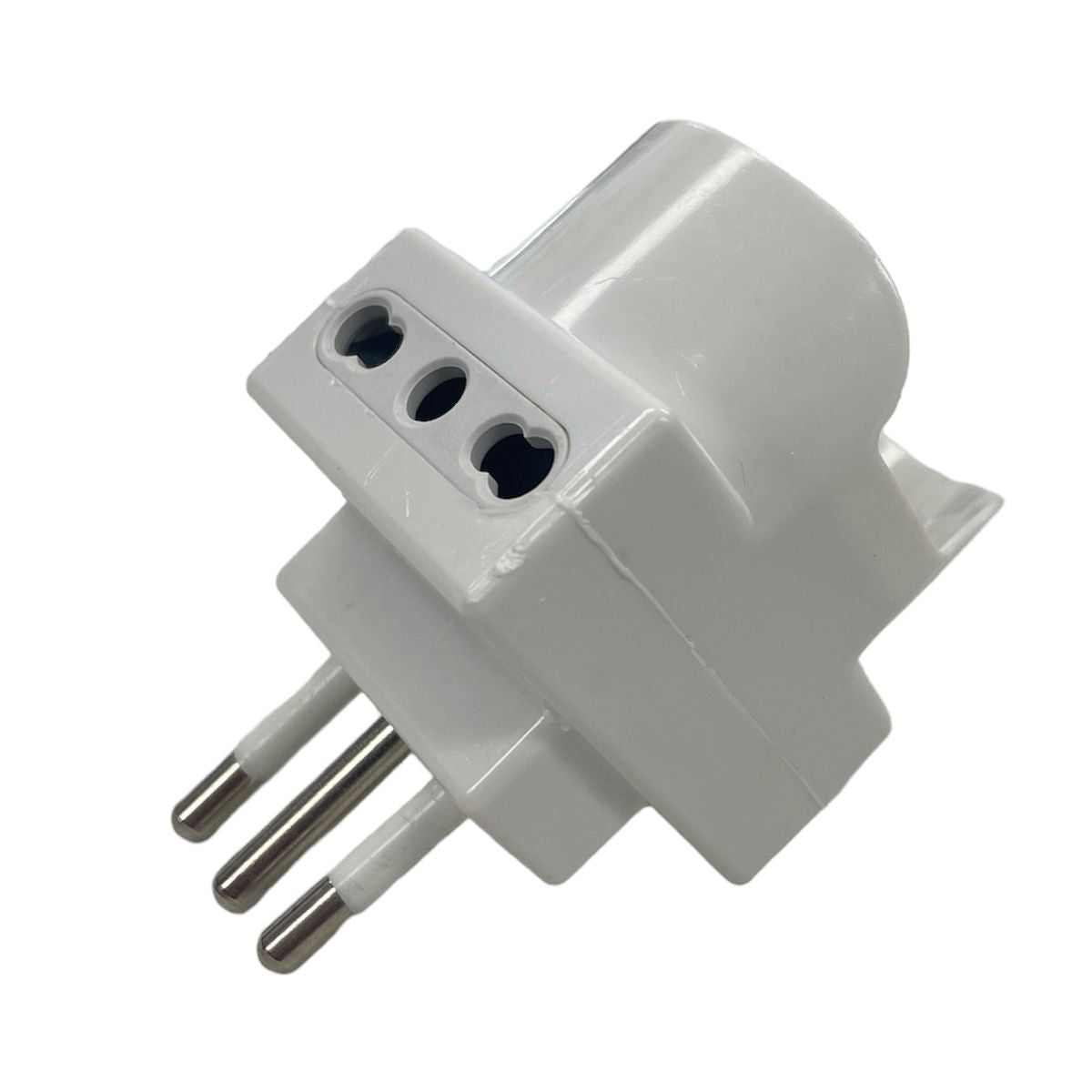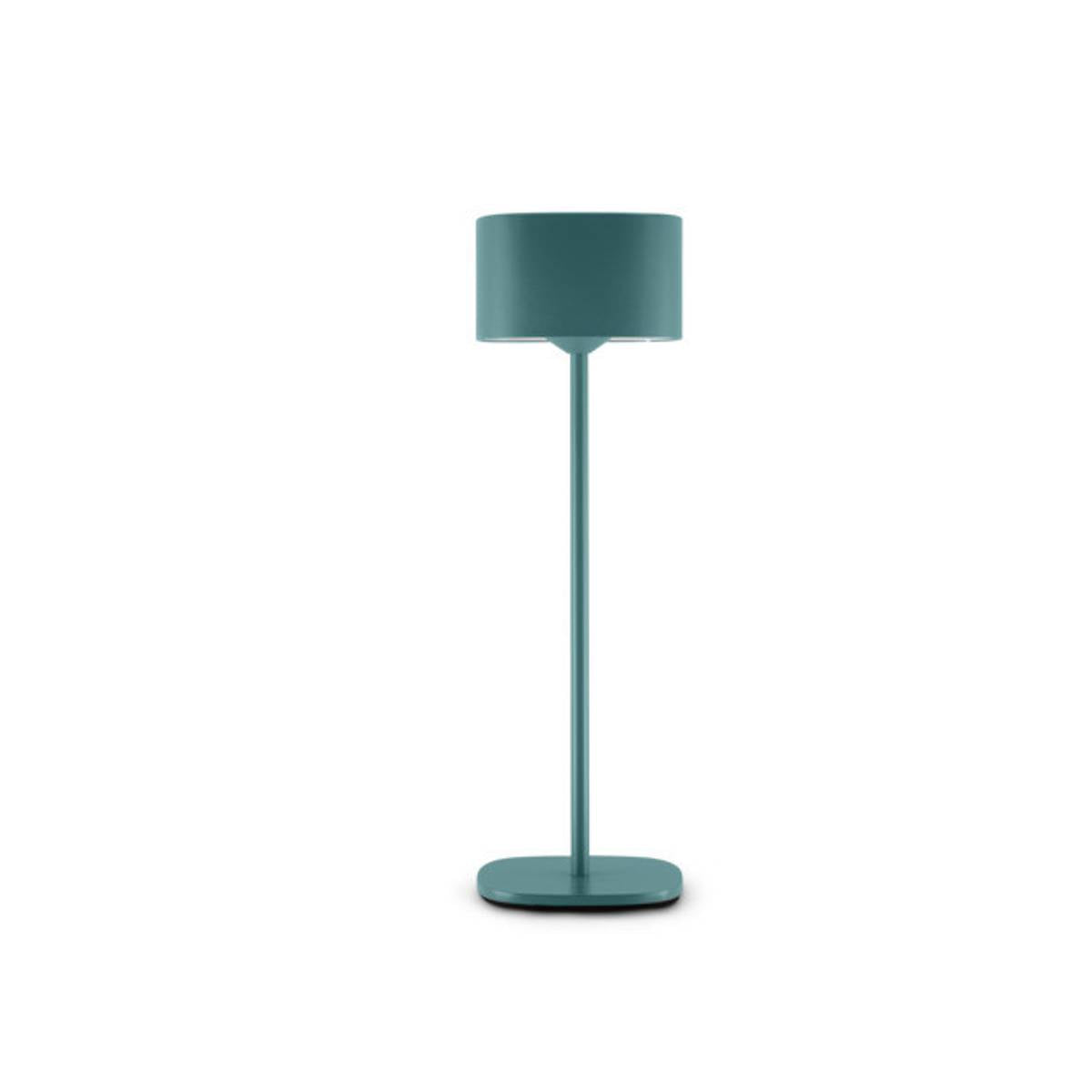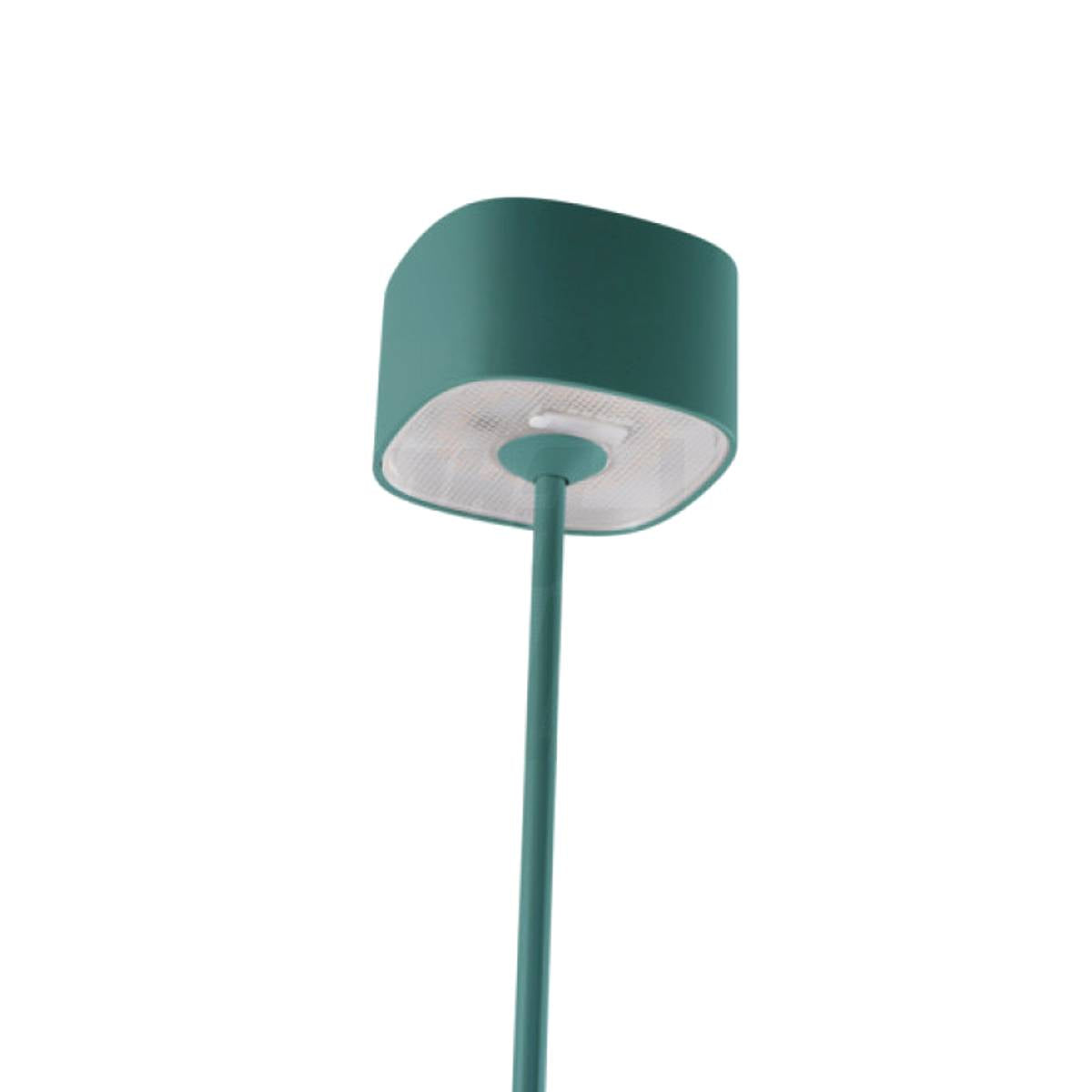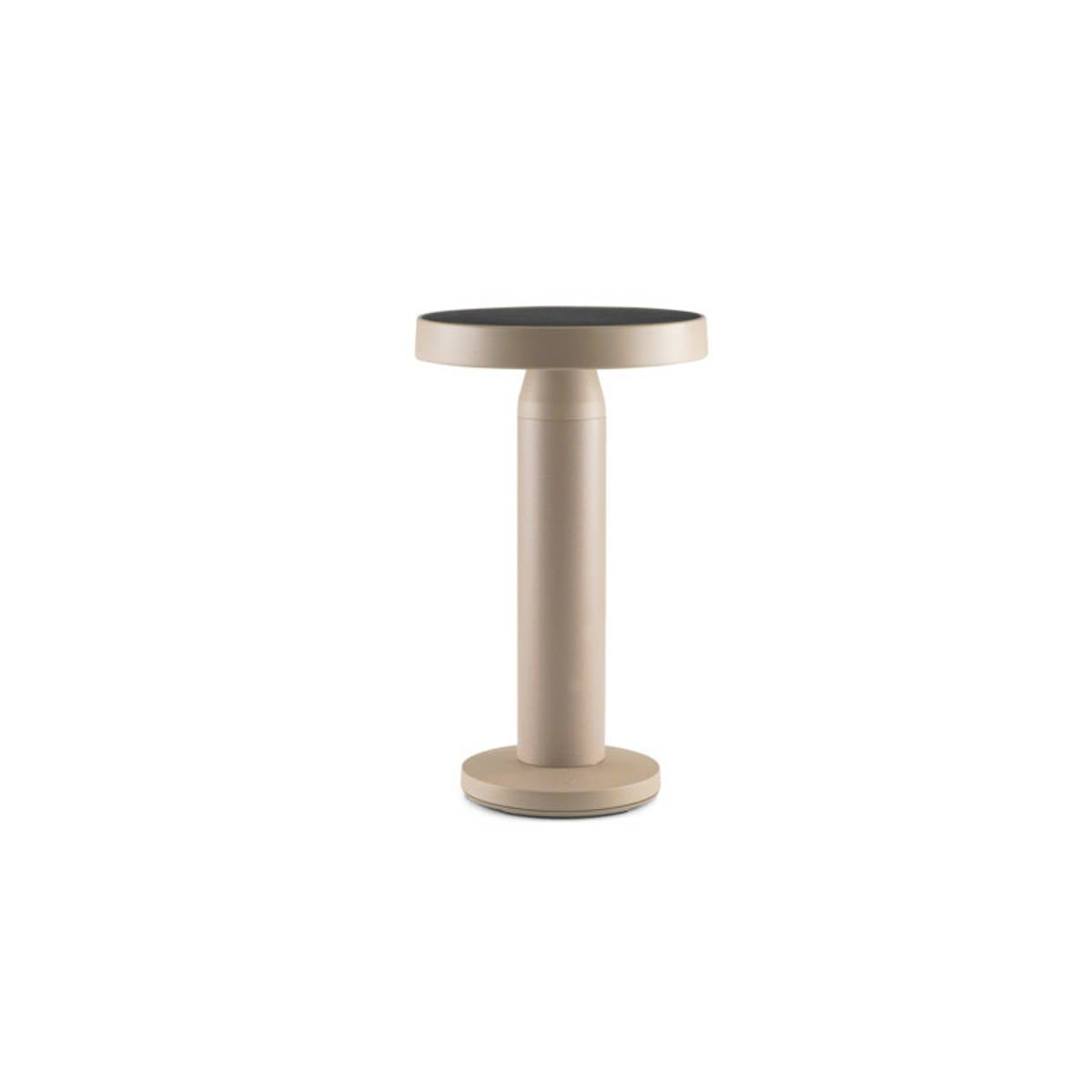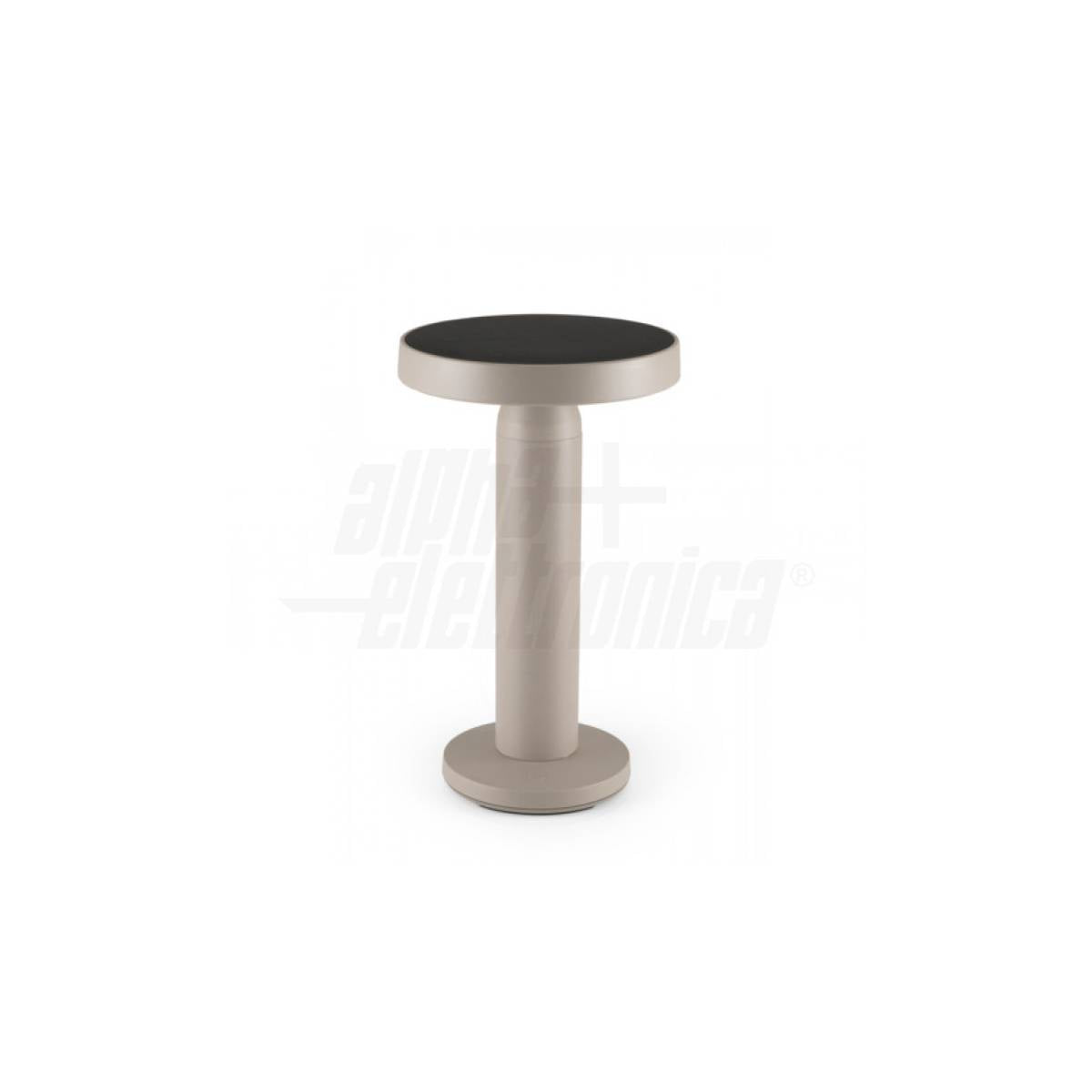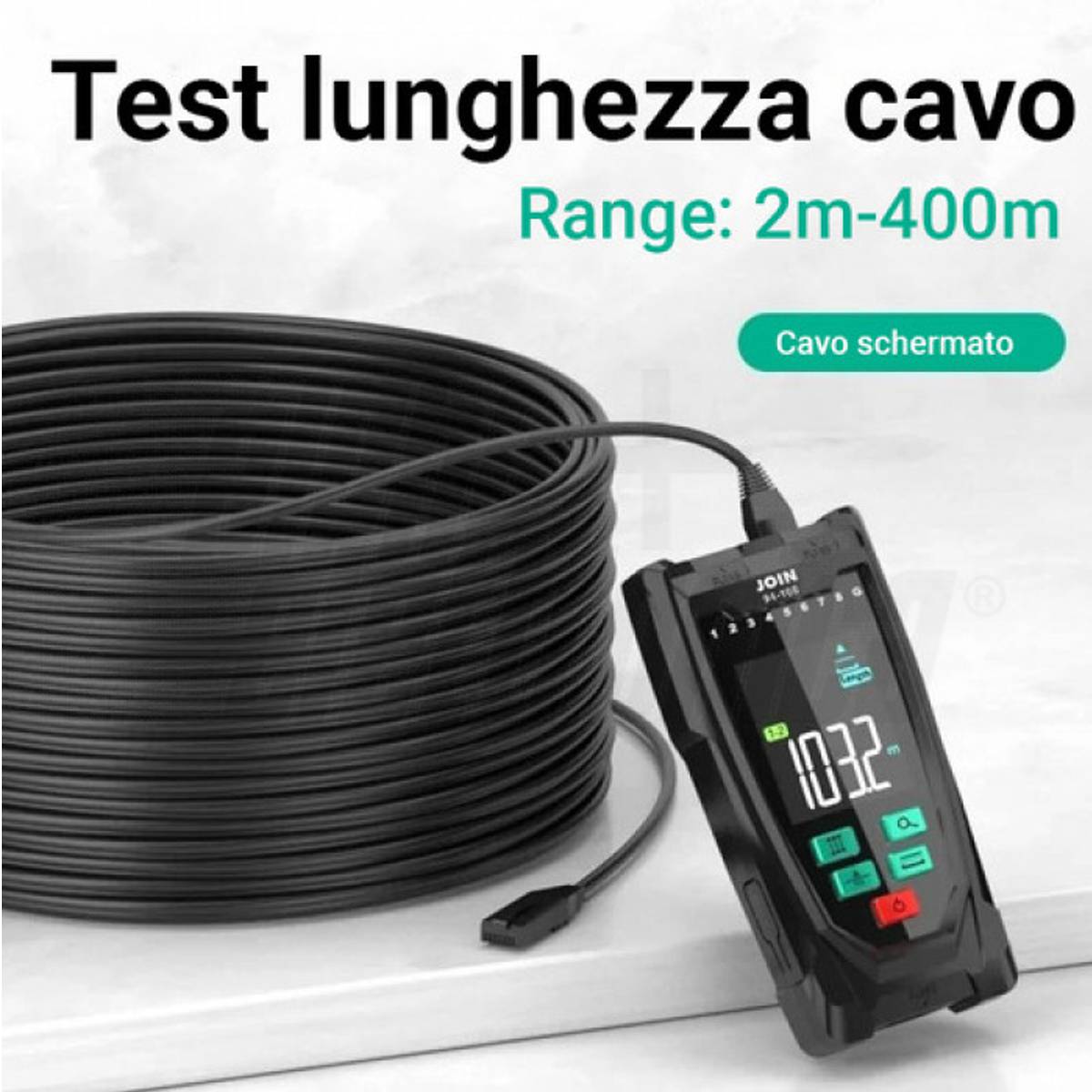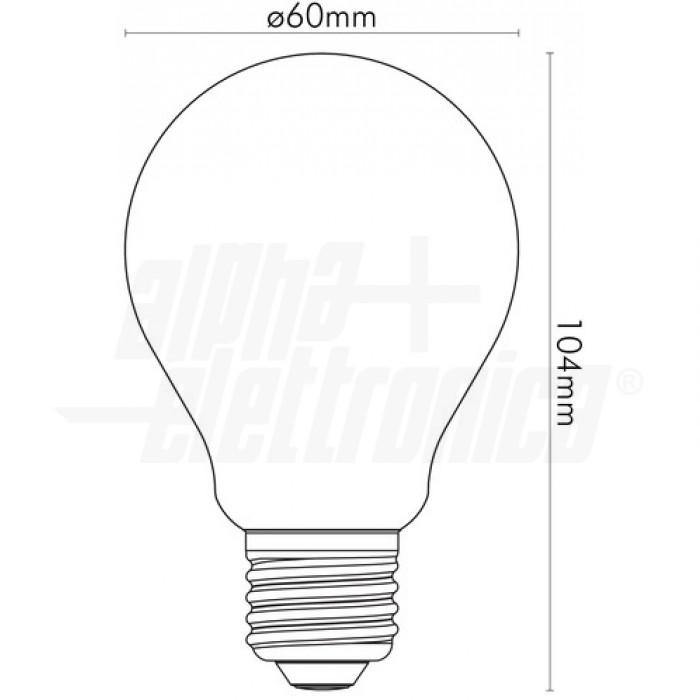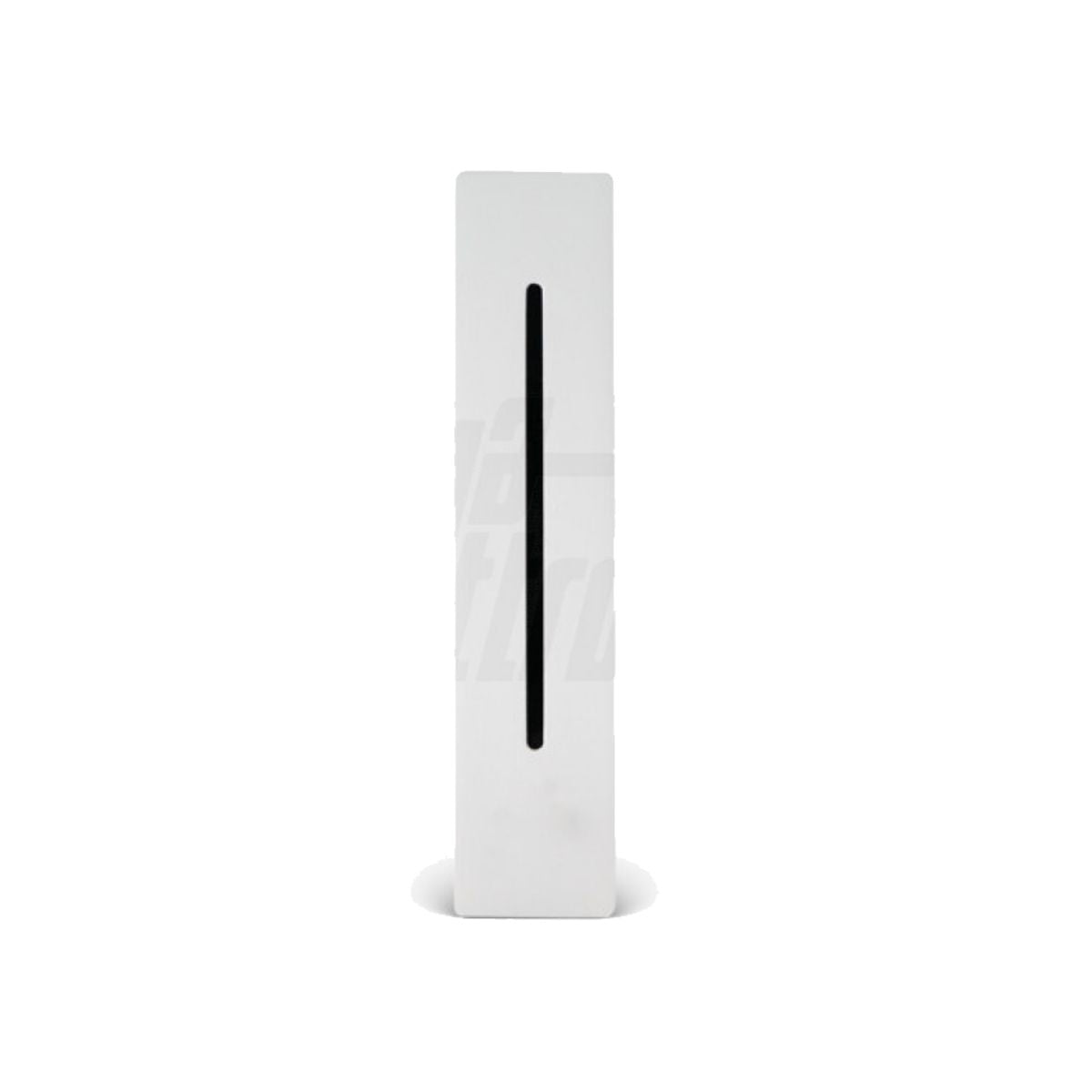What is the IP Protection Rating
Introduction to IP Classification
The IP rating, also known as Ingress Protection, is an international standard defined by the International Electrotechnical Commission (IEC). This classification indicates the level of protection provided by electrical equipment enclosures against the penetration of solid objects (such as dust) and liquids (such as water). The classification is made up of two digits: the first digit indicates the degree of protection against solids, while the second digit indicates the protection against liquids.
Understanding these classifications is critical to ensuring the safety and efficiency of electrical equipment in various environments. Adequate protection can prevent damage, malfunctions and potential safety risks.
Details on the IP65 Protection Rating
Meaning of IP65
The IP65 protection rating indicates that the equipment is fully protected against the penetration of dust (first digit "6") and protected against low-pressure water jets from any direction (second digit "5"). This combination of protection makes IP65-rated devices ideal for outdoor or industrial environments where they may be exposed to dust and splashes of water.
Common Applications of IP65
Common applications for IP65 rated devices include:
- External lighting : lamps and lighting fixtures for gardens, streets and car parks.
- Industrial equipment : machinery and tools used in dusty or splashed environments.
- Security systems : security cameras and sensors installed outside.
- Electronic devices : Smartphones, tablets and other portable devices designed to withstand harsh weather conditions.
IP65 rated products are essential to ensure the durability and reliability of equipment in harsh environments, offering robust protection against dust and water.
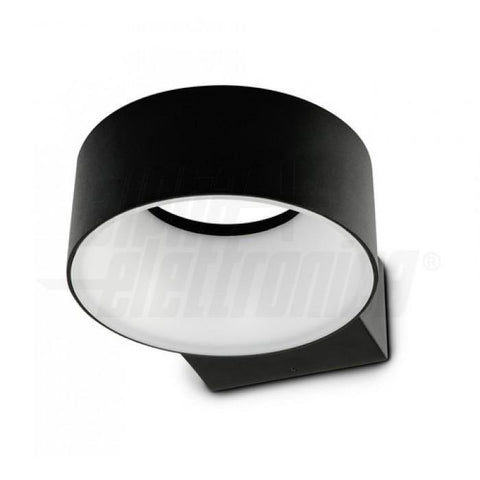

Outdoor lighting products with IP65 or higher protection tend to cost more than products with lower protection. This price increase is due to the need to resist atmospheric agents, which requires the use of more valuable and resistant materials. For example, many of these products are made with high-quality aluminum , which offers greater resistance to corrosion and weathering. Furthermore, they are often equipped with solid and durable seals , which guarantee a perfect seal against dust and water.
These materials and technical features increase the longevity and effectiveness of the devices, making them a valid investment for external applications where reliability and durability are critical.
Other Degrees of Protection: IP44 and IP54
IP44 meaning
The IP 44 protection rating indicates that the equipment is protected against the entry of solid objects larger than 1 mm in diameter (first digit "4") and protected against splashes of water coming from all directions (second digit "4 "). This level of protection is suitable for indoor or outdoor environments where there is moderate dust and occasional water splashes.
Common Applications of IP44
Common applications for IP44 rated devices include:
- Indoor and outdoor lighting : wall lamps for bathrooms, kitchens, covered terraces.
- Electrical equipment : electrical sockets and switches for wet environments.
- Household appliances : Devices used in kitchens and bathrooms where they may be exposed to splashes of water.
Meaning of IP54
The IP54 protection rating indicates that the equipment is partially protected against the penetration of dust that could interfere with the operation of the equipment (first digit "5") and protected against splashes of water from any direction (second digit "4" ). This level of protection is suitable for environments where there is a significant amount of dust and splashes of water.
Common Applications of IP54
Common applications for IP54 rated devices include:
- Industrial equipment : machinery and tools used in dusty and humid environments.
- External lighting : lamps and lighting fixtures used in environments with high levels of dust and humidity.
- Electronic Devices : Tools and equipment used in outdoor or industrial environments with dust and water.
Explore the SOLAR LAMP with IP54 protection with 2000 lumens of light output, double PIR sensor and 4 operating modes.
How to Read a Protection Rating Table
Understanding IP Rating Numbers
The IP (Ingress Protection) rating is made up of two digits that indicate the level of protection offered by a device's casing against the ingress of solids and liquids. Here's how to interpret these figures:
-
First digit (Protection against solids) :
- 0 : No special protection.
- 1 : Protected against solid objects larger than 50 mm.
- 2 : Protected against solid objects larger than 12.5 mm.
- 3 : Protected against solid objects larger than 2.5 mm.
- 4 : Protected against solid objects larger than 1 mm.
- 5 : Partially protected against dust (no functional damage).
- 6 : Completely protected against dust.
-
Second digit (Protection against liquids) :
- 0 : No special protection.
- 1 : Protected against vertically falling water drops.
- 2 : Protected against falling water drops at an inclination of up to 15°.
- 3 : Protected against water splashes up to 60° from the vertical.
- 4 : Protected against splashes of water from all directions.
- 5 : Protected against low pressure water jets from all directions.
- 6 : Protected against powerful jets of water.
- 7 : Protected against temporary immersion in water.
- 8 : Protected against continuous immersion in water.
Practical Examples of Using IP Classifications
To help better understand how to use IP ratings, here are some practical examples:
- IP20 : Typical for internal electronic devices, such as computers and televisions, which do not require protection against dust or water.
- IP44 : Suitable for outdoor or bathroom lighting fixtures, where protection against medium-sized dust and water splashes is required.
- IP65 : Used for garden lighting or industrial devices, where complete protection against dust and water jets is required.
- IP68 : Used for underwater devices such as dive watches or submersible cameras, which require protection against continuous immersion in water.
These examples illustrate the importance of choosing the appropriate IP rating based on the environment in which the device will be used, thus ensuring its durability and functionality.
International Regulations and Standards on IP Classification
Role of the International Electrotechnical Commission (IEC)
The International Electrotechnical Commission (IEC) is the body responsible for setting international standards for IP protection ratings. Founded in 1906, the IEC develops and publishes standards covering a wide range of electrical and electronic technologies, ensuring that products meet safety, reliability and performance criteria.
IP (Ingress Protection) ratings are described in IEC 60529 , which establishes the levels of protection provided by electrical equipment enclosures against the penetration of solid and liquid objects. Compliance with these standards is essential to ensure that products are safe and suitable for their intended use, reducing the risks of malfunctions and accidents.
Importance of Compliance with Safety Regulations
Compliance with international safety standards, such as those established by the IEC, is crucial for several reasons:
- User Safety : Ensuring that products do not pose a risk to the health and safety of users is paramount. The IP rating helps prevent accidents caused by dust or water entering electrical devices.
- Product reliability : Products compliant with IEC standards are designed to last, even in harsh environments. This increases consumer confidence and reduces maintenance and replacement costs.
- Regulation and Legal Compliance : Many countries require products imported and sold to comply with international regulations. Compliance with IEC standards facilitates access to global markets.
- Environmental protection : Using materials and designs that comply with IP protection standards helps reduce the environmental impact of electrical and electronic products.
IEC standards provide a clear framework for manufacturers, engineers and consumers, ensuring that electrical devices are designed and tested to withstand expected environmental conditions.
Final Conclusion
In summary, understanding and using the IP rating is essential to choosing electrical and electronic devices that are right for your needs. Carefully evaluating the usage environment and opting for adequate degrees of protection ensures not only the longevity of the products but also the safety of the users. Awareness of these international standards, such as those established by the IEC, helps make informed and safe choices, promoting the efficiency and reliability of equipment in various contexts.
Investing in devices with an appropriate IP rating offers numerous benefits:
- Durability : Products with adequate protection last longer, reducing replacement and maintenance costs.
- Safety : Protection against dust and water reduces the risk of short circuits and other malfunctions, improving user safety.
- Added Value : While products rated IP65 or higher may have higher upfront costs, the use of high-quality materials such as aluminum and solid seals ensure greater resistance to the elements, justifying the investment.
If you would like more information or need assistance with your next lighting project, please don't hesitate to contact us. Our team of experts is ready to help you choose the best solution for your needs, guaranteeing high quality results and maximum efficiency.
Visit our website or contact us directly to find out more about our innovative solutions and how we can turn your vision into bright reality.
- By email : Send your questions to info@oniroview.com and you will receive a detailed response to guide you in the best choice.
- By telephone : Call 095 2883005 for immediate support.
- On WhatsApp : Add our number 371 4250284 for a quick and personalized consultation.
- Chatting on our site : Visit the oniroview.com website and use the chat to communicate in real time with our specialists.
- Point of sale : if you are from Catania come and visit us in via Piave 17



